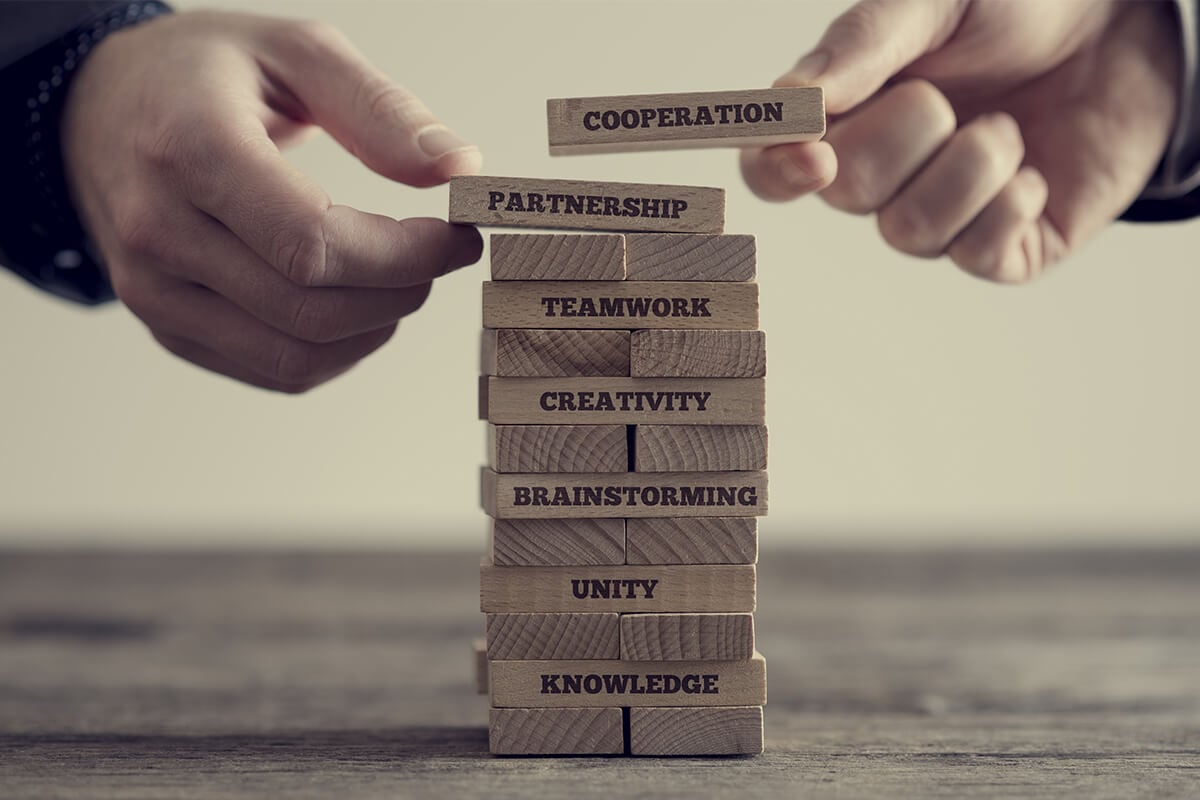[Editor's note: In Part 1, we explored the important day-to-day duties of an SE team and why organizations should invest in growing an SE team. Now we'll go a step further and provide tips on how to build a winning SE team!]
To give a quick overview, solutions engineers (SE) provide that competitive edge by aligning business objectives with product capabilities. In some orgs, solutions engineers manage demos, and in others they manage POCs or trials. Ultimately, they shorten sales cycles, simplify complexity, and differentiate against competition by translating capability into value for the prospect that they'll pay for.
Throughout this post, we'll explore the primary foundations of building a fully functioning SE team. In the next post, we'll discuss managing these specific functions, including what the common threads across SE organizations are, but for now, let's start with the top three foundations of building a SE team:
1. Determine what type of solutions engineers you need
Deciding on what type of SE you need can help you choose a great hire, craft a coaching program that can maximize their current capabilities, and address any shortcomings. This also helps your SE team ramp up faster and enables your sales teams to reach their numbers faster.
It's important to take a candid look at what your sales team needs. Do they need technical specialists? Is the product something that requires more coordination to evaluate and thus project management skills are in order? Is your product industry-specific, requiring in-depth industry expertise? What about functional expertise with a general industry focus?
As an SE leader, reach out to your sales VP and let them speak freely about what type of SE they've worked well with in the past. Propose a few models to get the conversation flowing. Keep an open mind.
As a sales VP or exec, if you're hiring a SE leader, ask the candidate about different SE models and capabilities which will help reveal their thinking on serving the sales organization. Specify your sales outcome and discuss the territories and alignments. Ask them to paint a picture of what that SE org will look like in 9 months to a year. This also assesses their discovery skills, intuition, and coachability.
2. Identify which ways you and your team can improve
Do you know how to build a skill, but more importantly, do you know what that standard is? In other words, do you know what the model performance should look like and do you know how to unpack it into learnable chunks? While I've found that many SE teams know how to perform rote practice, many could use some work in raising the bar outside of hyperbole.
I've found that it is best to crawl, walk, and run for most skills. Layering basic skills on top of each other builds skills that are delivered with consistent quality (although that's probably common knowledge). Now I'd like to add another simple concept.
As a leader, are you pointing your team toward the gold standard? A while ago, I cooked at an upscale restaurant. It's been said that in order to make great food, you need to know what great food looks and tastes like (or you can't really evaluate your work). Relating this concept back to our current topic—are you helping your team develop taste? What do you consider to be a great demo or a well-run proof of concept? You can work on things and never get to "sales ready" if you don't know what "sales ready" looks and feels like. Break down what a well-run trial looks like. That's your job as a leader. Set the standard first, then direct and coach your team towards it.
* Best practice tip: Get the team accustomed to reviewing and rating each other's work. Start with your own performance and critique it fairly. I've found that the team follows this example and feels more comfortable reviewing their own work and checks egos at the door when doing so. Also, select team members who are ready to take reviews from their peers, not just their managers.
3. Build a team that builds itself
I like to visualize outcomes. It's my way to define success and make it as real as possible. Skiers, basketball players ... they all do it. Take a moment to imagine what a well-oiled SE machine looks like a year from now. Write it down. Compile your ideas and break down all of the elements of that team. Now, it is time to figure out how to build a team that continually refines itself. The last step is to put your plan together and create a winning team.
To help you get started, here are three ways to get a new SE ramped up quickly:
Use the buddy system
Mentoring an SE is particularly effective because their effectiveness is situational. A mentor can point out which engagements a SE should shadow and/or participate in safely to build that "taste" and help unpack those learning moments. A mentor's primary responsibilities could include helping the SE navigate your organization and also open pathways to more learning and certifications. An added bonus would be unlocking doors to exceptional performers so they can model great techniques or skills. In other words, the mentor would guide them through the process and help them build momentum.
Initiate ride-alongs
To help build taste for strong performance, identify one of the top performers whether it is an SE, rep, or even someone outside the immediate team. This could be for skill improvement or for learning best practices. A simple, "Hey, she's presenting and she is the best with the product pitch ... I'll ask if you can be in the next sales overview she delivers," could go a long way to setting what a high bar may look like. Have the SE note what they observed and you should be ready to distill that performance and unpack those learning nuggets.
Involve other departments
Have the SE intern with another team for a few weeks if you have enough time flexibility. This can provide a mini-internship for the SE as well as networking opportunities. If the schedule is properly structured and focused, the SE can bring home the latest tips and tricks from other departments and perspectives. If you sell financial software, have them intern with the in-house finance team for a week. The deliverable can be a narrative of "a day in the life of a financial analyst or controller." This could be used to help shape the persona-based demo that the SE may then deliver to a customer at a major bank.
Next Steps
I hope you were able to pick up a few tips that you can apply to your current or new solutions engineering organization. In the next post, I'll discuss how to develop core competencies. I'll also discuss the critical role that sales tools play in solution engineering effectiveness and how it affects close rates and the length of sales cycles.



